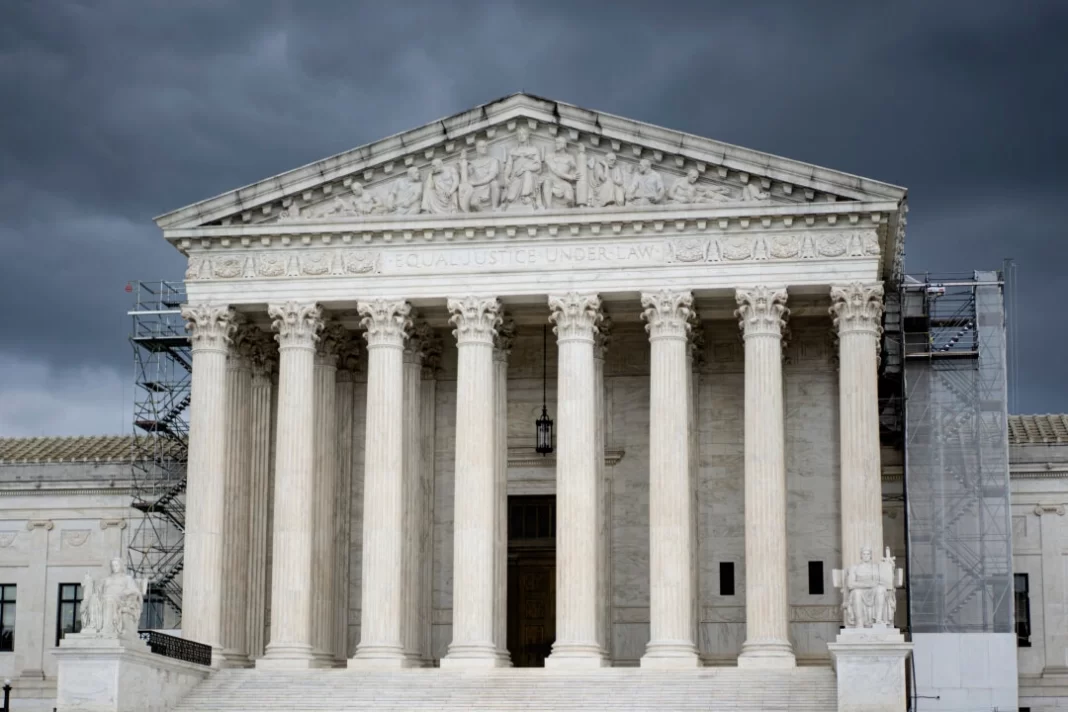In its downgrade decision, Moody’s cites mounting debt and skepticism over deficit reduction.
Moody’s Ratings has downgraded the United States’ long-term credit rating from Aaa to Aa1, stripping the nation of its last perfect rating among the three major agencies, citing sustained rising debt, ballooning interest payments, and a lack of political will to rein in chronic budget deficits.
In its May 16 decision, Moody’s pointed to a steady deterioration in fiscal fundamentals across multiple administrations, noting that it does not expect current policy proposals to produce meaningful deficit reduction in the years ahead.
“This one-notch downgrade on our 21-notch rating scale reflects the increase over more than a decade in government debt and interest payment ratios to levels that are significantly higher than similarly rated sovereigns,” Moody’s said. “We do not believe that material multi-year reductions in mandatory spending and deficits will result from current fiscal proposals under consideration.”
Despite the downgrade, Moody’s revised the U.S. credit outlook from “negative” to “stable” at the lower Aa1 peg, citing continued strength in core institutions and confidence in long-term economic resilience.
“The US retains exceptional credit strengths such as the size, resilience and dynamism of its economy and the role of the US dollar as global reserve currency,” Moody’s said. “In addition, while recent months have been characterized by a degree of policy uncertainty, we expect that the US will continue its long history of very effective monetary policy led by an independent Federal Reserve.”
Moody’s reference to Fed independence comes amid growing political pressure on the central bank. President Donald Trump has stepped up public criticism of Fed Chair Jerome Powell, accusing him of dragging his feet on rate cuts and “playing politics” with monetary policy.
While Trump recently said he has no plans to fire Powell, his comments have sparked concerns about political influence on central banking—a dynamic Moody’s appears to be monitoring closely.
Despite the signals of institutional resilience cited by Moody’s in setting its outlook to “stable,” the numbers driving the downgrade are stark. Moody’s projects the federal deficit will grow to nearly 9 percent of gross domestic product (GDP) by 2035, up from 6.4 percent in 2024, driven mainly by entitlement spending and mounting interest payments. Federal debt is expected to climb from 98 percent of GDP in 2024 to 134 percent by 2035. By then, interest payments alone could consume 30 percent of federal revenue—more than triple the level in 2021.
By Tom Ozimek







